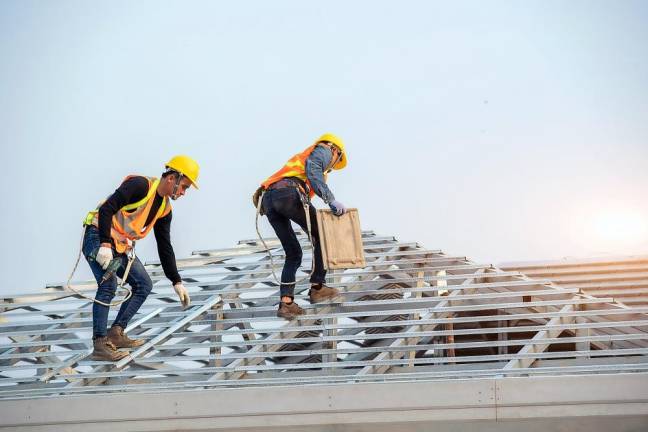(AP) Long before Covid-19 created chaos for schools, Scranton, Philadelphia and other school districts were immersed in emergencies created by asbestos and lead contamination in school buildings.
The problem is especially acute in many urban districts because their buildings often are old, but it is far from exclusive. Even districts formed by state-mandated mergers 40 years ago — which often included the construction of new schools — have problems with toxic materials.
Friday, a group of state House and Senate Democrats, including Rep. Kyle Mullins of the 112th District in Lackawanna County, proposed a plan to attack hazardous conditions in public school buildings statewide.
The first part of the plan would expand the Redevelopment Assistance Capital Program, the state’s principal economic development program, by $1 billion specifically to fund hazardous material removal projects in public schools.
The second proposal would use federal funding from the pending American Rescue Plan, which likely will be passed by the U.S. House this week, to create the Public School Building Emergency Repair and Renovation Grant program. It would provide grants to public schools for emergency repairs including lead and asbestos remediation, and repair or replacement of HVAC and electrical systems, plumbing, roofs and window repair or other physical problems that are health or safety issues.
Providing safe environments for all students is part of the state government’s state constitutional mandate to provide equitable public education.
Funding the projects also would provide a job-creating economic boost for the construction industry when the Covid-19 emergency finally recedes.
This is the definition of a nonpartisan issue that cuts across a broad swath of the society. Lawmakers of both parties should get behind the sensible plan to provide safe environments for all of the state’s more than 1.6 million public school students.
Scranton Times-Tribune
